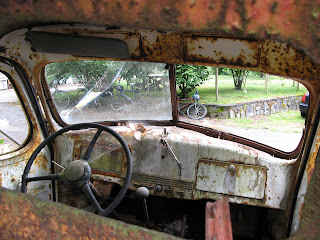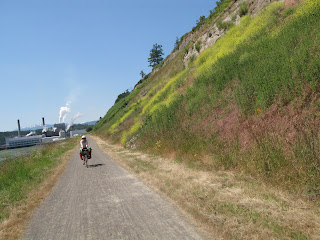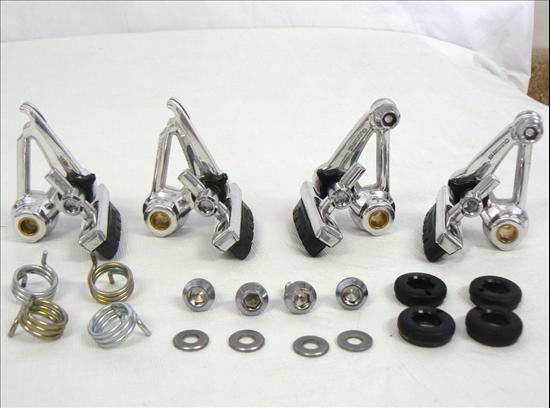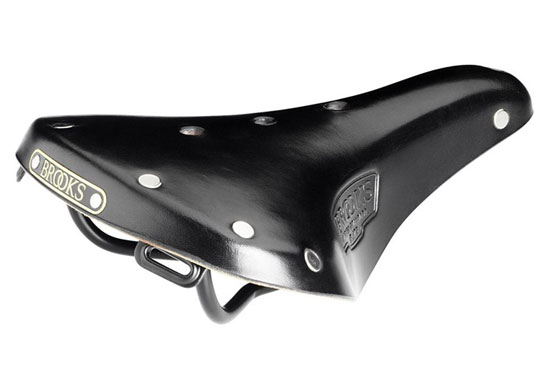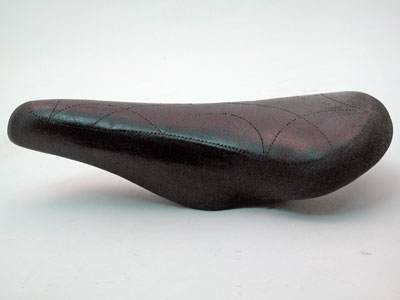To celebrate my country’s birthday I decided it was best to visit our neighbours to the south. It happens to be a bit of a Victoria Canada Day tradition to ride up Hurricane ridge in Olympic National Park and although I had planned to take part in that, I decided to do something different in the days leading up to the event. Some friends had mentioned a little weekend bike trip consisting of two nights and three days of riding. We would do a small loop from Victoria through Washington via Port Angeles, Port Townsend, Whidby Island and Anacortes. Was I ever glad I made that decision?
Day 1 – July 1st, Canada Day
Our trip began casually catching the Blackball Coho ferry to
Port Angeles, Washington at 10:30am. There, the three of us met our fourth companion and headed east towards our first destination,
Sequim Bay State Park. Not 30 minutes in we had our first flat. The sidewall of the tire was in a sad state, I waffled on going back to
Port Angeles for a tire, but we decided to boot it and buy a tire in Sequim. The Olympic Discovery Trail network provided us with an unexpectedly pleasant riding experience.
We were unaware of the trail until just a few days prior to the trip. On the outskirts of Sequim we found Mike’s Bikes, picked up a new tire and discovered a second flat. All was repaired and we continued on out way.

Sequim state park was very bike friendly with three hiker/biker sites on a first come, first serve basis. There was one other cyclist couple from Victoria. The fee was a reasonable $12 for the night for one site and was right on the trail! We enjoyed soup, salami, cheese and good bread for diner. Of course some local beer and a box of wine were required. Perhaps it was the Bota Box that was responsible for a late night of star gazing and reflection down by the water.
Day 2- July 2nd
With minimal sleep and a cold night I arose early to camp coffee and oatmeal. Although a little tired from the night before we were packed up and on the road by 9am. There were many miles to cover and the Discovery trail ends shortly after Sequim. However, there are several quiet side roads off the highway that offer nice views of Discovery Bay. At the base of Discovery Bay it is necessary to take to a few miles of narrow shoulder on highway 20. For the most part this is not bad riding unless a transport passes you. We had big rig pass and it was a little scary, but we kept a good tempo and the miles fell away quickly. Good time was made and we stopped at a bike shop on the outskirts of Port Townsend. The owner was into wood working as much as bicycles, which made for one of the most interesting bike shops I have ever encountered. He suggested a good restaurant and after doing a loop through a grassy field we found the trail into Port Townsend and had lunch on a patio.

Port Townsend is characterized by large bluffs and an old downtown with a decidedly east coast feeling. The ferry to Whidby Island is only $3.25 per person; thank-you government of Washington!
Whidby Island was a new place altogether. High winds and rolling hills covered with farms characterized the island along with several military base parks. Our destination was
Fort Ebey State Park, about 10kms or so from the ferry on the west coast of the island, but first we had to resupply in Historic Coupeville. Once again there were three hiker/biker sites at the park, but this time we were the only users. The sites were new and very private. We were able to explore the old military base built into the hill and the pill boxes on the bluffs despite being extremely tired from out day’s labours. The bluff tops were covered in beautiful grass meadows perfect for more star gazing and listening to the sounds of the sea, protected from the wind lying in the tall grass. Sigh.
Day 3- July 3rd
Luckily for me, my tour-mates were ready to head home on day three. We had to catch a 2:45pm ferry at Anacortes, about 45kms to the north. Once again we were on the road by 9am and made great time to
Deception Pass, a narrows between Whidby and
Fidalgo Island with a high bridge. Fortunately, there is a less traveled road up the west side of the island which leads you to Anacortes. It was smooth sailing all the way to town where we stopped at a pub and ordered our lunch off the brunch menu before continuing to the ferry. We ended up having some time to spend lounging in the shade as we waited for out boat on a melancholy west coast afternoon. At least three of us dozed on the ferry before returning to
Sydney where we had another 25 or so kilometres home.



This is a fantastic three day trip that is very achievable by the average cyclist with some reasonable equipment. I had the three best travel companions a cycle tourist could ask for. Despite some flat tires our spirits ran high the whole trip and everyone was genuinely enjoying themselves even at the end of long days in the saddle. The sights in northwest Washington are wonderful and all the interactions were very friendly, I hope to do this same tour again in the future, but before that there is a lot more of the Olympic peninsula to explore. Get out there!
-VBN














